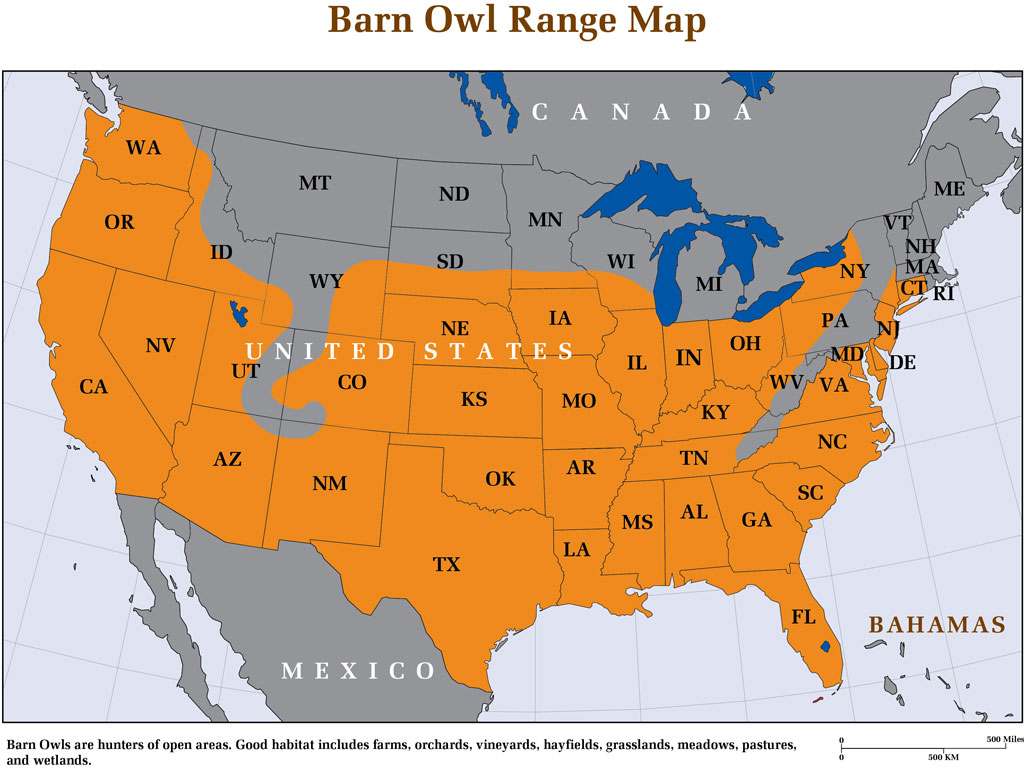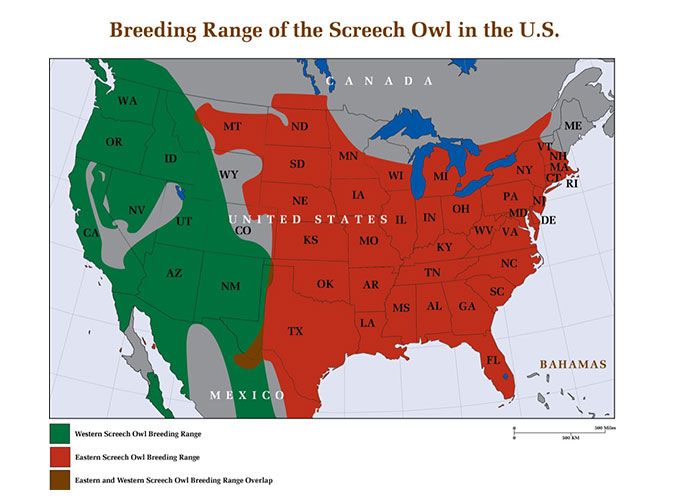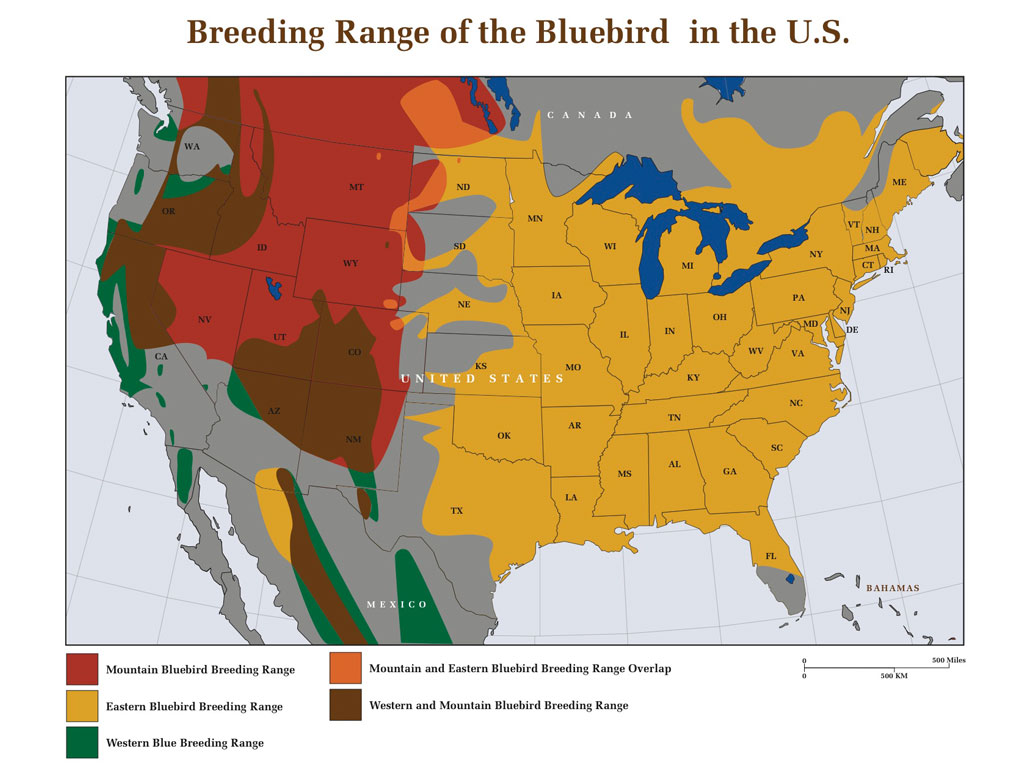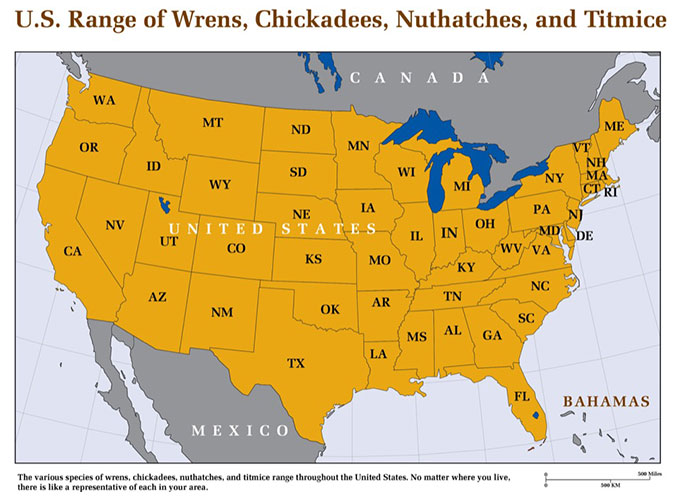Free Shipping to the Contiguous United States
Illinois Barn Owls
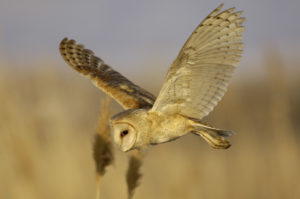
Barn Owls in Illinois
Illinois has been one of those northern states that saw dramatic declines in barn owls, and grassland species in general. Once covered with forest, then with prairie and small farms, much of Illinois’ prairie has been developed, its small farms have dwindled, and hay, wheat, and cattle enterprises have been replaced with huge conglomerate-based farms of soy and corn. What was once a robust population of barn owls that inhabited practically every barn in the state has decreased to a smattering of nesting sites. However, the southern half of the state, with its many rivers and varied habitat has remained an area that contains a great deal of good barn owl habitat. The main issue for this rather large owl is the lack of suitable nesting cavities.
The Illinois Barn Owl Recovery Effort
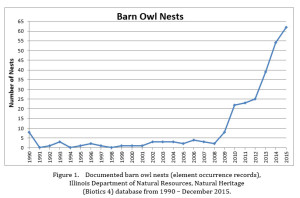 Not enough can be said of the Illinois Barn Owl Recovery Effort run by the state Department of Natural Resources. It serves as a model program for any state wishing to bolster barn owl numbers. Rather than investing in breed and release or other methods, Illinois biologists have targeted prime habitat for the installation of numerous barn owl nest boxes, mostly in the southern half of the state. The results have been impressive.
Not enough can be said of the Illinois Barn Owl Recovery Effort run by the state Department of Natural Resources. It serves as a model program for any state wishing to bolster barn owl numbers. Rather than investing in breed and release or other methods, Illinois biologists have targeted prime habitat for the installation of numerous barn owl nest boxes, mostly in the southern half of the state. The results have been impressive.
Since the inception of their nest box program in 2008, barn owls have gone from around three nests in the entire state to over sixty; and from inhabiting less than five counties to being recorded in over sixty. So, not only are barn owl nesting sites increasing, their range in Illinois is expanding. The methods and success of the Illinois DNR project spells great news for any conservation effort targeting barn owl populations.
Distribution of the Barn Owl in Illinois 2010 thru 2015
The map below shows nesting activity of barn owls in Illinois for the past five years. As evidenced by the map, southern Illinois is by far more successful in attracting nesting barn owls. This is due more to habitat than climate–the northern half of the state is dominated by the corn and soy belt that offers little habitat to barn owls.
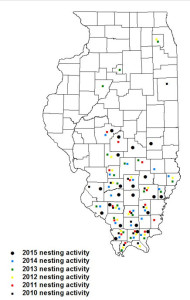
Thanks to the Illinois Department of Natural Resources for their maps and data.

